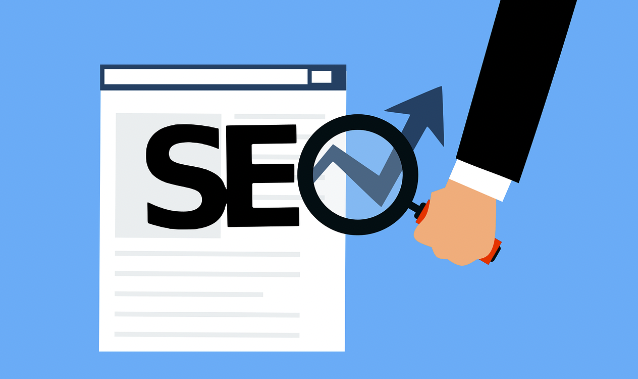
The point of this article is to try to distill out what we think are the common factors that are doing well in the SEO space in 2024.
Table of Contents
Topical Authority
It’s always been a good strategy to focus on one topic on a time per site.
But in the last year, we’ve really mastered our topical map generation / keyword research process to the point where we’re figuring out every single topic piece that is required to cover a topic.
I believe that this “complete coverage” strategy has been big for what Google’s algorithm is looking for.
Completely blanketing every topic on a site’s topical map is a key to higher rankings.
Key Takeaways
- Do complete topical research (map generation) before you start a project
- Complete one topic at a time
- Interlink articles within a topical cluster
- And do this now before the next update
Commercial vs. Informational Ratios
Some people don’t believe in this requirement.
But the data are important.
The Google Product Reviews update is what they want to happen.
There is no way for Google to truly determine if experts wrote the content or if you actually bought the product you’re reviewing.
Google is an algorithm, not a private detective.
In the December 2020 update, now a long time ago, the sites with more affiliate content in proportion to informational content stood to lose more traffic.
Of course, this could be a causation correlation conundrum.
If a site has more affiliate content, then there’s more chance of writing a poorly written review article.
But that argument goes either way.
Since making this adjustment in our process, our portfolio has continued to rise in each update.
Google ultimately wants to reward sites that best help assist what people are looking for.
Most people don’t use the bulk of their Google searches to look for products to buy. They want information.
So naturally, informational content is likely to do better than commercial content simply because there are more searches for informational than transactional.
Let’s look at this statistic:
More than 80 percent of search queries are informational, while navigational and transactional have about 10 percent each.
How much informational vs. commercial content?
Many affiliate sites got slammed way back in the December 2020 Google core update.
To figure out the optimal mix of informational and commercial content, Diggity Marketing did a study on the optimal blend.
It came up with roughly a 67/33 mix, but with wide disparities by niche.
Average commercial content vs. Average informational content (by niche)
The video explaining this can be found below:
All Affiliate Websites Need to Do This
Key Takeaways
- Maintain an informational/commercial ratio on your affiliate site that’s in line with industry standard (20%-35% commercial is fairly normal)
- And this applies within content silos (topical cluster) as well
- This can also have implications for monetization strategies as well (e.g., ads aren’t terrible to use)
Related: Best Ways to Monetize Your Blog in 2024
Well-written Standalone Articles
Not only should you blanket a niche with each topic covered, but each individual article should be written to the best of its ability… algorithmically.
This concept of “write quality content” and “write naturally” isn’t always going to cut it.
Google’s algorithm wants to see certain words in certain places at certain frequencies.
Key Takeaways
- Hit your target word count correctly
- Research your H2/H3 subtopics based on the top articles in Google
- Optimize your content with Surfer to get the correct word frequencies
Note: While we think this is a key part to getting rankings up, we don’t think it was a big part of this particular update. Otherwise, you wouldn’t be seeing so many AI sites getting great results after the update. It’s likely because they’re just blanketing topics better.
Link Authority
Gary Illyes said E-A-T is largely based on links and mentions in authoritative sites.
Create an about page, show who the author is, be contactable, and so on… but all of that is small compared to your backlink profile.
Sites with tons of links and high DR/DA/domain-points-whatever don’t get hit to the same degree as low authority sites in Google updates.
Key Takeaways
- Build links from guest posts and link insertions as your page rank / volume play to boost rankings
- Build high authority links from HARO and Digital PR as your authority play to build trust and stability
We hope this helps you.
On average, there is about 2-3 months before the next core update.
Right now’s the time to look at these items in addition to doing a complete website audit to get your site in shape for the next core update.



![Backwards 3: How to Type "Ɛ" [EASY]](https://softwareblade.com/wp-content/uploads/2022/02/Screen-Shot-2022-02-19-at-9.03.25-PM-150x150.png)